Canine Ladder of Aggression
At times, communication messages from our dogs can be confusing. However, misunderstanding or ignoring these messages can lead to a culmination of aggression. This is precisely why the ladder of aggression was created. It explains the outward signals of dog aggression and the growth from the mildest to the most obvious warning signs.
What is the Ladder of Aggression?
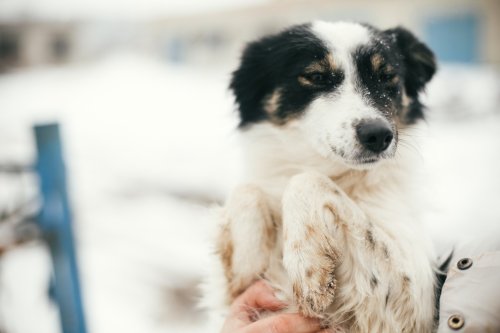
Although some dogs can be very vocal, all dogs use body language for communication. Sometimes, these messages can be more subtle, which humans find hard to read, while most dog owners can more easily recognise other signals. For example, most people understand the difference between a happy tail wagging in circles like a helicopter and a tail tucked between the hind legs showing submission and fear.
However, when we talk about signs of aggression, especially in the early stages, they can be misinterpreted. Such a mistake could lead to a culmination of aggressive behaviour that can result in injuries to people or animals.
That's precisely why the ladder of aggression was defined and applied in practice by the famous dog behaviourist Kendal Shephard. The essence of this ladder is to line up the signs of aggression from the weakest to the strongest. At the bottom of the ladder, a dog's stress level is present but low, and as the stress increases and goes towards the top of the ladder, the signs of aggression become increasingly apparent.
How Does the Stress Level "Travel" Along the Ladder?
Stress accumulates in dogs. The longer a dog is exposed to stress, the more pronounced the signs of aggression will be: the dog's body language will gradually change, its posture will become different, and its vocal expression will become more specific.
However, when the dog is separated from the source of stress or taught beforehand to cope with the stressor more efficiently, the aggression can also travel down the ladder—the signs become milder with an increasing possibility of stopping exhibiting aggressive behaviour altogether.
The crucial part is: the earlier we react and help our dog deal with whatever causes the stress, the easier it will be to avoid the accumulation of stress and outbursts of aggressive behaviour. Signs of aggression that are low on the ladder are quite common, and this is still in the zone where a dog is in control of its behaviour. The higher we rise on the aggression ladder, the more difficult it becomes for the dog to control itself and more often, it will act impulsively.
Zones Explained

When observing the visual of the ladder of aggression, you will notice it's divided into three main zones according to the colours green, orange and red. Within each of these zones, the division is even more detailed.
The mildest signs of aggression are in the green zone. If dog owners learn to recognise the behaviours from the green zone and react in time, they can more easily prevent aggression from moving up the ladder. However, when we don't remove our dog from the source of stress or help our pet deal with that stress, the signs of aggression can move to the orange zone and then continue to escalate to the red zone.
Aggressive behaviours from the red zone don't go unnoticed because they are very pronounced and unambiguous—yet we want to avoid dogs escalating to these behaviours. It's important to note here that there is a stark difference between suppressing these behaviours and working towards avoiding them being necessary. Suppressing a dog's expression of aggressive behaviour is likely to lead to more unpredictability and displays of higher-level aggression while suppressing their earlier indications, which can increase the risk of bite injuries occurring.
Of course, not all dogs follow the ladder of aggression step by step, but rather, they will show signs individually, depending on their temperament and previous experience. We can help our dogs by noticing their lower-level signs of aggression and helping them to feel safe by removing triggers and training them safely and with kindness. Hence, they become more accepting of their triggers at a pace that they feel comfortable.
Recognising the green zone behaviours becomes an integral part of helping our dogs feel safe, when those signals go unnoticed and the source of stress remains, it is almost inevitable that the dog's aggression will go up the ladder. This is our dogs' defence from stressful situations they're exposed to. When we continually don't act on the green-zone behaviours, our dogs learn that mild signs and warnings do not produce any results, so they may skip them and go immediately to the orange or red zone. Such a situation can be hazardous for the dog and the nearby people and animals.
Signs of Aggression Explained
Now, let's explain the signs of aggression in more detail, zone by zone. Starting from the green, we will first describe the initial signs of aggression that are more subtle and, therefore, too often misinterpreted. As we move towards the orange and red zones, the signs become more and more apparent.
Keep in mind that not all dogs will follow the signs one by one as their aggression grows. But knowing the signs on this scale can help you determine to what extent you can still influence your dog's behaviour and when it's crucial to remove your pet from the source of stress immediately.
The Green Zone

Yawning, nose licking, blinking: although yawning can indicate tiredness, our dog often uses this to relieve discomfort and tension from its jaw. Pay special attention if the dog suddenly starts yawning even though it was playful and eager for activity until now. Dogs can also use licking, such as licking their nose, as a means to calm themselves down and reduce discomfort. Blinking can also be a signal that they are uncomfortable, yet, showing the whites of their eyes would indicate a high level of stress.
Looking away: just as we turn our head away from a person with whom we have finished talking or with whom we don't want to talk anymore, dogs use a similar way of communicating to bring specific social interactions to an end. Sometimes, they may not turn their whole head but only look to the side, thus exposing the white of their eyes—this is a clear sign of discomfort that you must respect and allow the dog to retreat to a place of safety.
Turning the body away, sitting, pawing: turning the whole body in an opposite direction is an even clearer indicator of how uncomfortable the situation is for the dog. Your dog could sit down, turn around, and keep pawing someone away all along. After seeing this very obvious display of discomfort, move your dog away from the source of stress, and respect your dog's decision that this environment is uncomfortable for it.
At this early stage on the aggression ladder, your influence on your pet and its ability to self-control are still strong. You can help your dog by guiding it towards previously learned behaviour in a less stressful situation. When the dog responds with positive behaviour, reward your pet and create positive associations with the calm behaviour that followed the stressful situation that will help reach a peaceful state in the future. But this will only be possible if the source of stress is removed—don't underestimate or deny your dog's emotions! If your dog looks for your support (it might jump on you or cling to you), respond with a warm interaction.
The Orange Zone
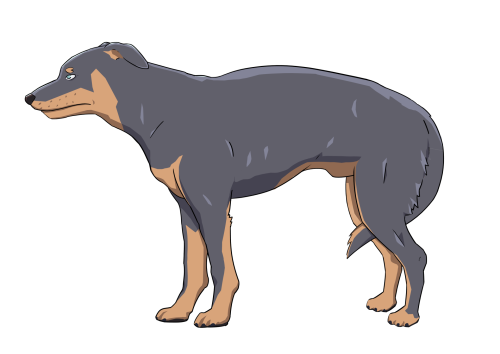
Walking away: entering the orange zone on the aggression ladder, dogs will first want to move away from the source of stress. Allow your dog to walk away because denying your dog freedom of choice could cause a rapid increase in aggression and approaching the red zone.
Creeping, ears back: often, dogs will slick low to the ground when they want to get away from the source of stress or seem smaller. Creeping is a very expressive way of showing the desire to separate from any situation. It will often be accompanied by lowering the ears and showing the whites of the eyes with a sideways glance.
Standing crouched, with tail tucked under: with this pose, the dog tries to appear smaller and less noticeable because the stressful situation brings the feeling of insecurity. It's already a clear sign of a high level of nervousness in a dog, and it is necessary to allow your pet enough space from the trigger to calm down.
Lying down, with legs up, exposing belly: this is not an invitation to a belly rub, but a way of communicating that your dog wants to make peace with whomever it considers a threat. To distinguish this sign from a playful roll, notice that your dog is very still, as if frozen, and gives other signs of discomfort.
Stiffening, staring: your dog is already highly upset at this point. This freeze-and-stare sign is hard to miss, and the dog will behave this way until the threat passes. If this doesn't happen (that is, if the source of stress is not removed), expect the aggression to culminate towards the red zone reactions. Keep in mind that this might happen in a split second.
Respect your dog's cues and allow it to move away from the source of stress. Sometimes, just a little more space can be enough for the dog to calm down, and once it does, it will allow you to continue working on pairing good associations or encouraging calmness.
The Red Zone
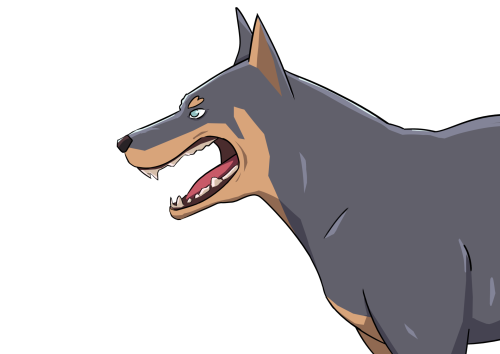
Growl: Growling is a common and clear sign that your dog is seeking space in a situation it considers threatening. Never punish your dog for growling! Not only because this will further increase stress and fear but also because your dog, in the future, might conclude that growling is not allowed—and automatically skip it and proceed towards biting.
Snapping: high on the scale of aggressiveness is snapping. This apparent sign makes it clear that in the next step, the dog will use everything it can to protect itself from the source of stress. It is crucial to remove your dog from the threat immediately.
Biting: if other signs on the aggression ladder didn't successfully communicate your dog's need for space, the last resort is biting. A bite will never happen out of the blue, but it is a dog's final reaction when it feels exceptionally insecure and cornered. The perceived threat that caused this may sometimes seem minor in your eyes, but your dog understands it differently and, therefore, reacts differently. Punishment in this situation is the worst approach.
Helping Our Dog to Move Down the Aggression Ladder
Knowing the ladder of aggression is important for everyone who interacts with dogs so that they can recognize the signs in time and respect dogs' messages. That's especially important if you have a dog that has already proven to be reactive in the past.
To change the behaviour, you have to work with your dog and continuously look for its causes. You may need the help of an expert in this, especially if the unwanted behaviour has already progressed.
In your own training, you can choose an authoritative approach that has safe boundaries and emotional warmth, this has proven to be the best in creating long-lasting results. The bottom line of this approach is that controlling unwanted behaviour means setting clear boundaries and sticking to them. To prevent undesirable behaviours, dogs are encouraged through positive reinforcement (rewards) to display desired behaviour as often as possible, and respectfully the handler checks in with them to ensure they have the dog's willing consent. In this training the dog must be focused and calm—which will not be possible in the presence of any stressful situation.
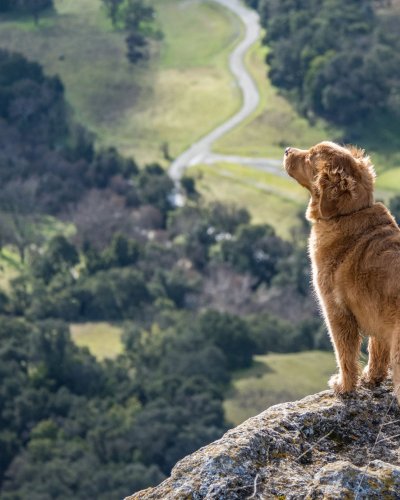
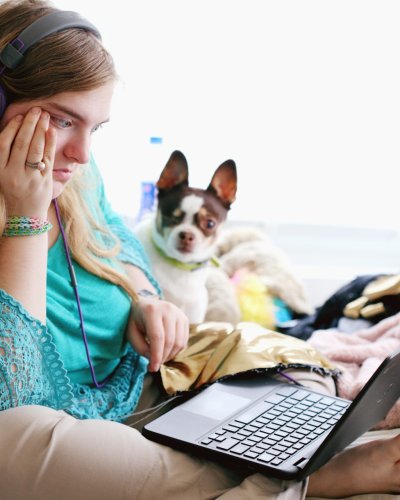


Leave a comment